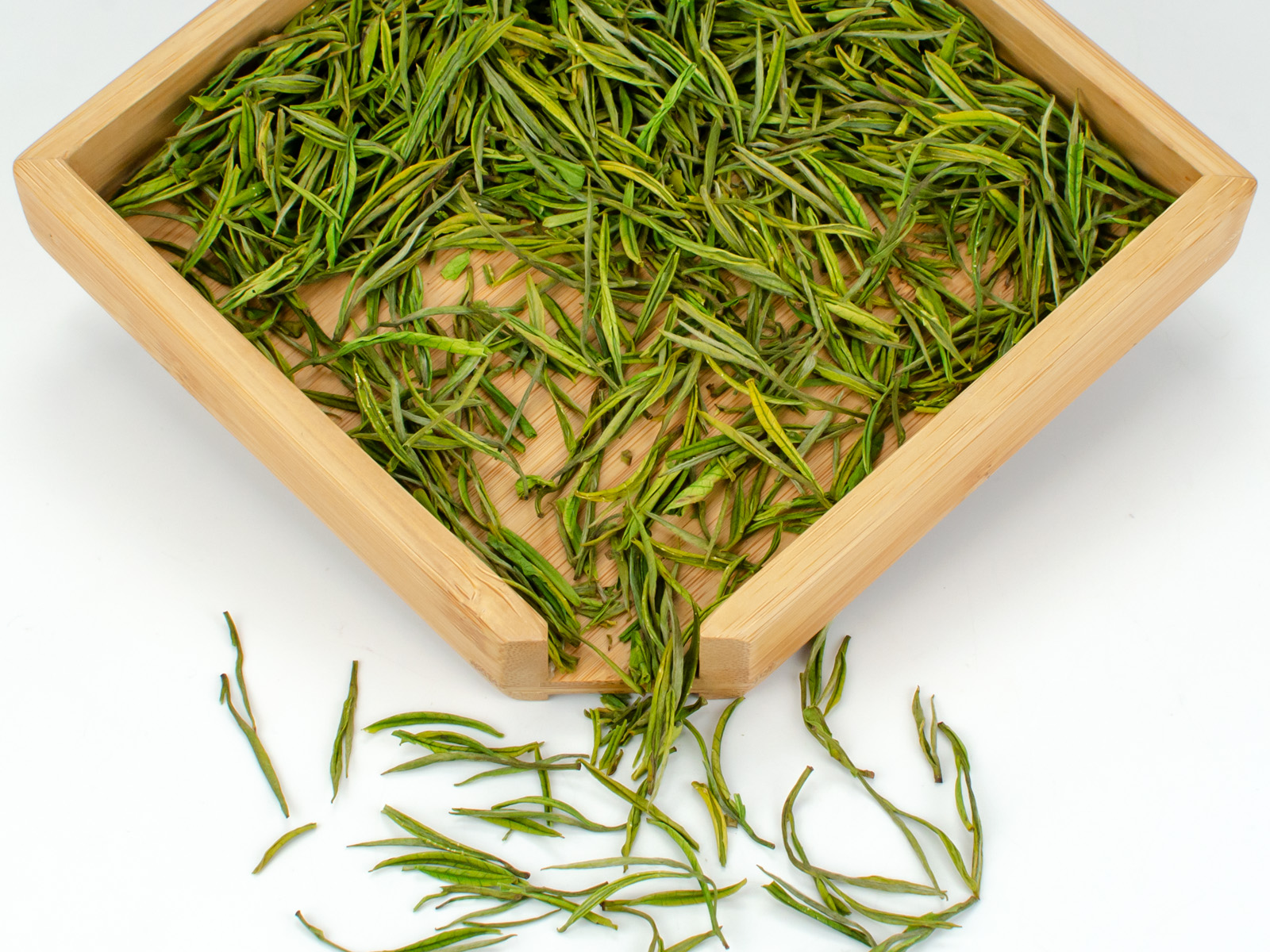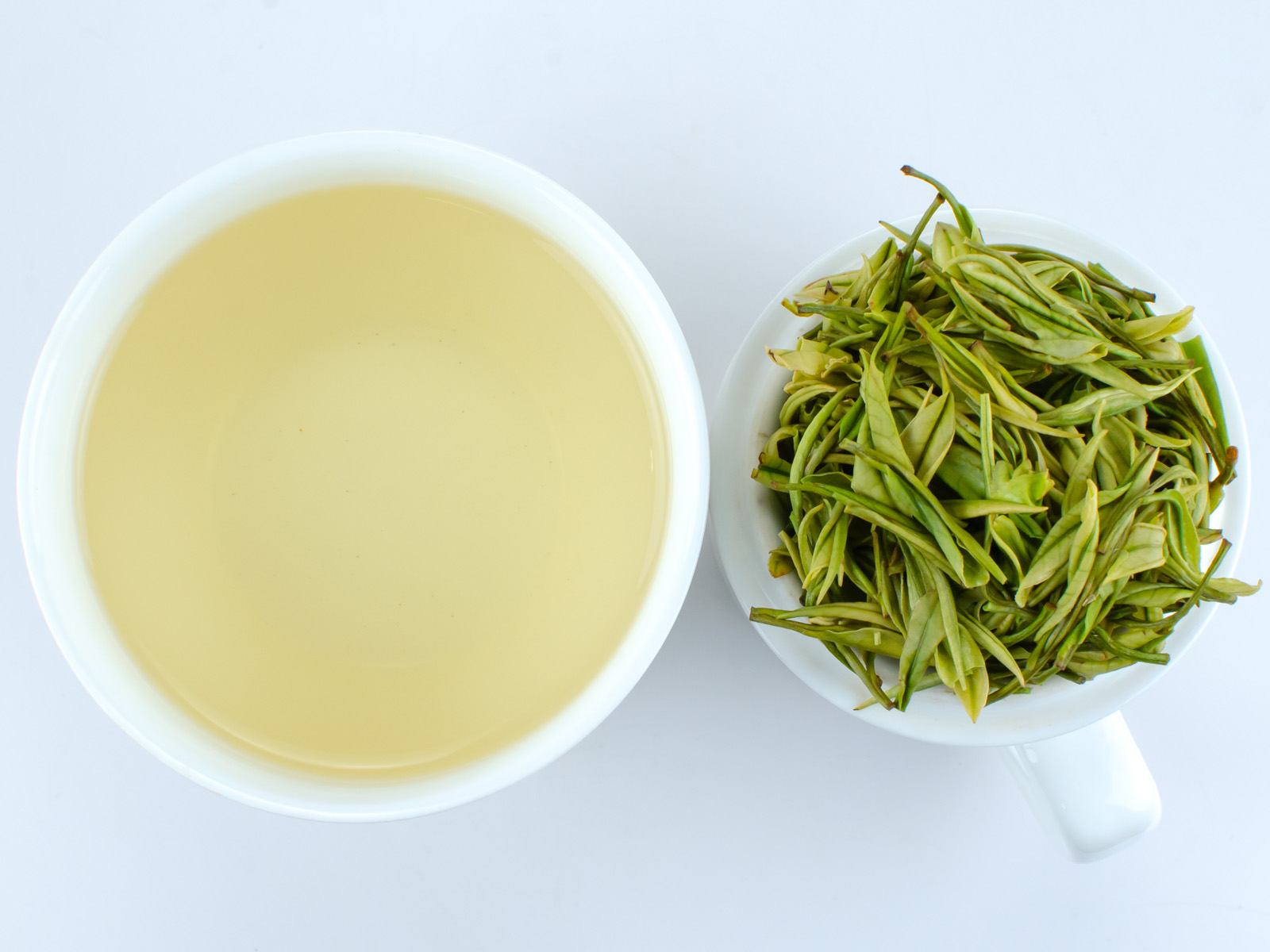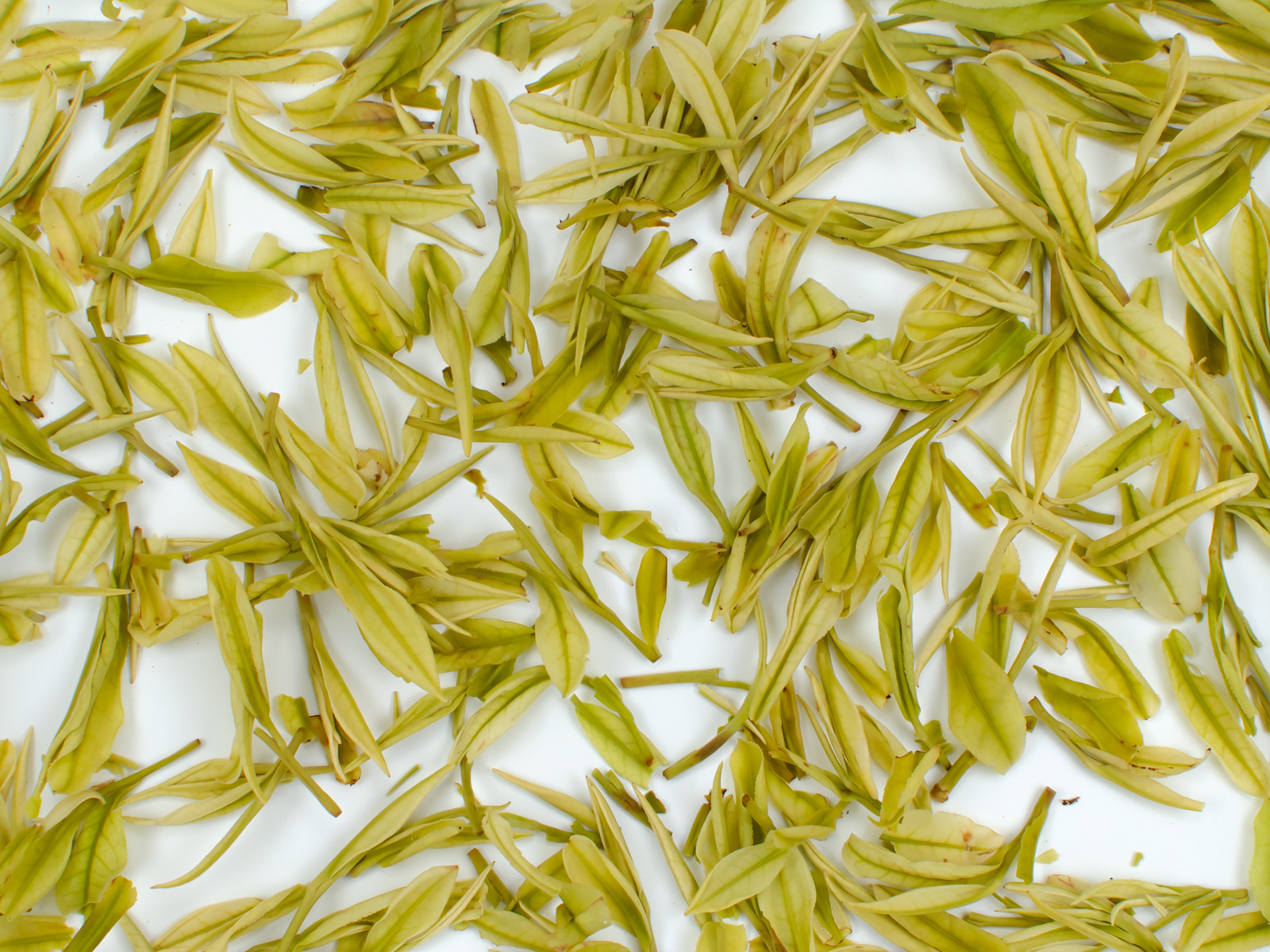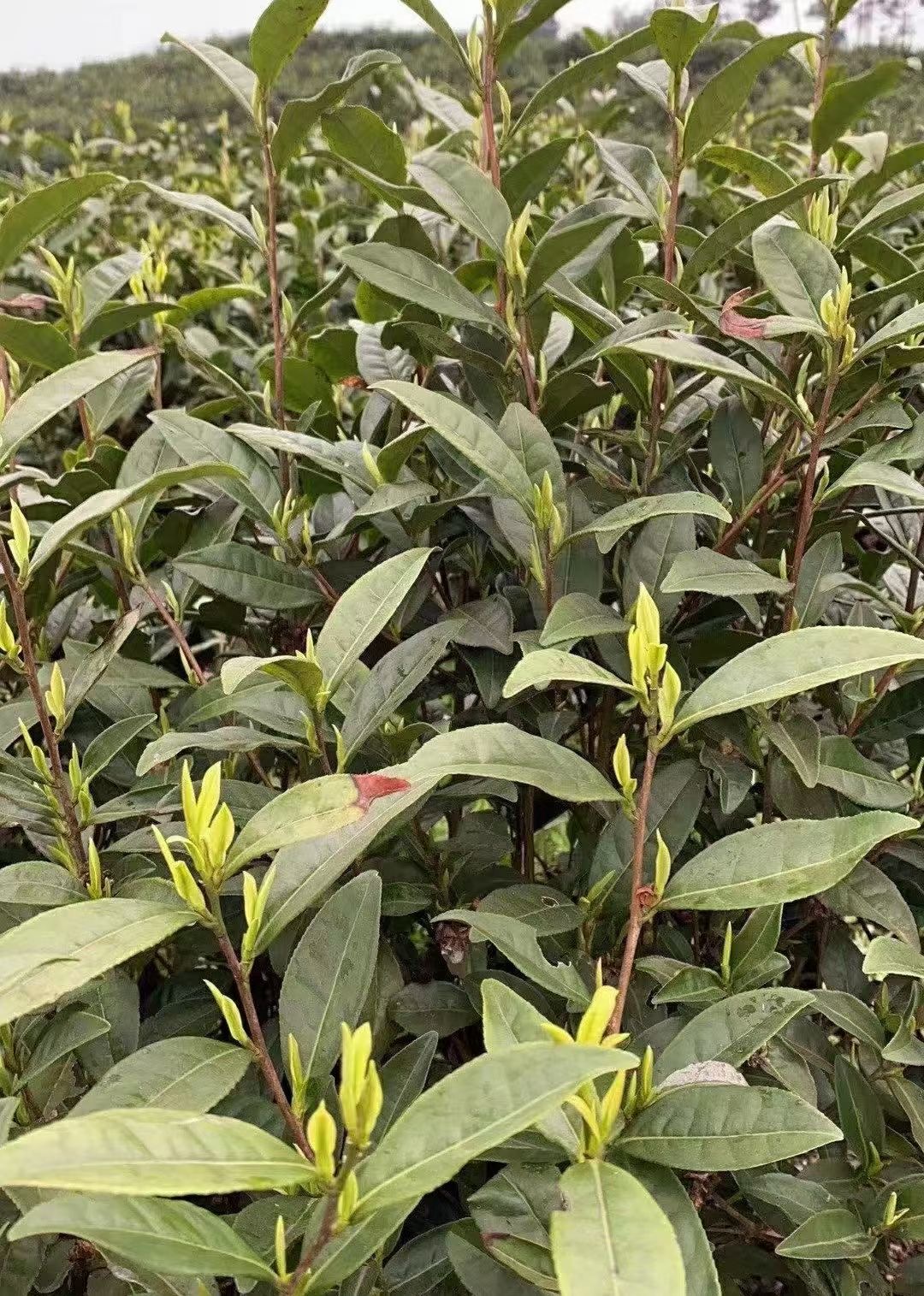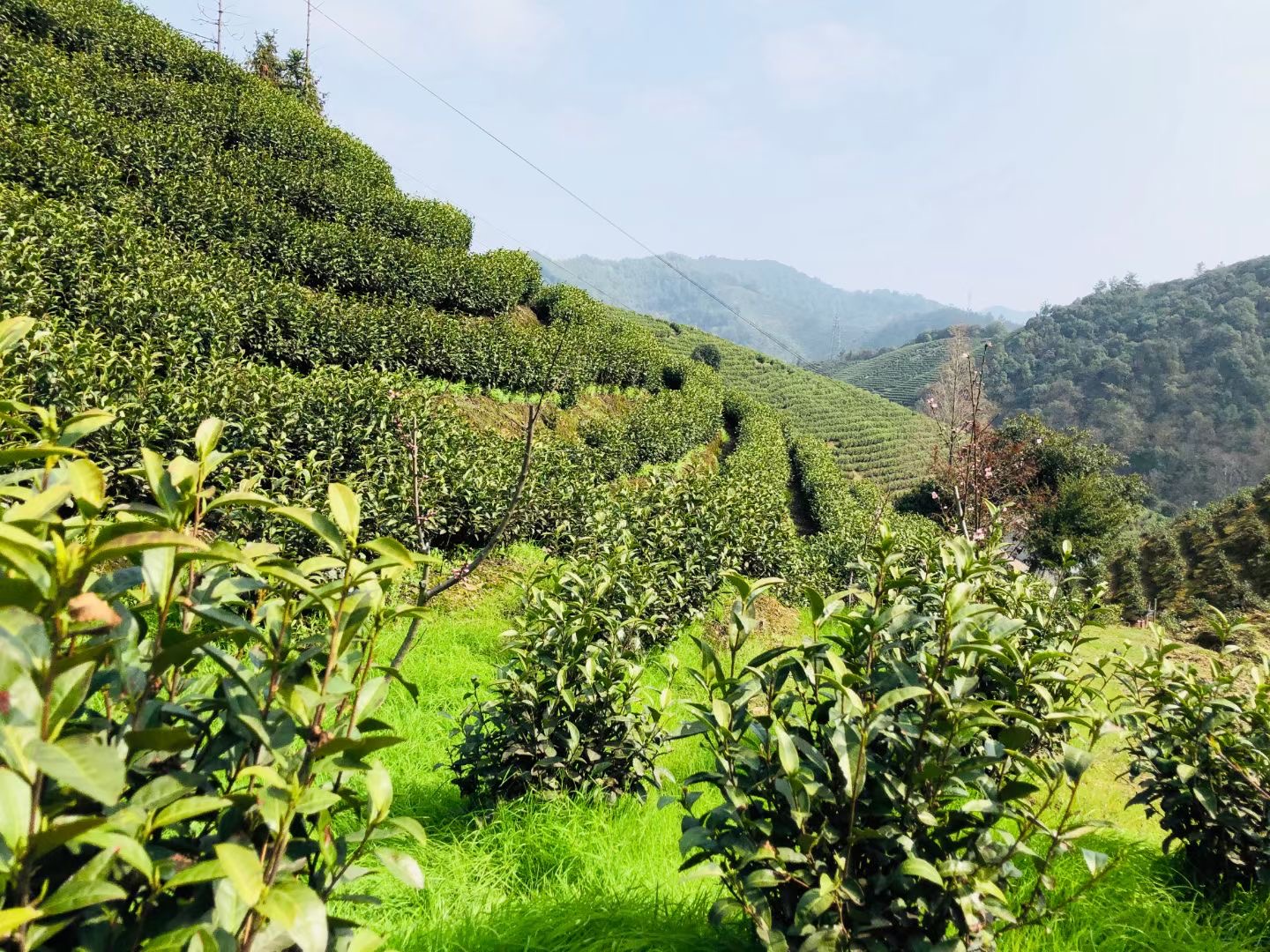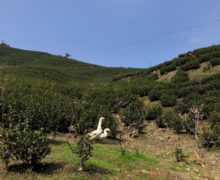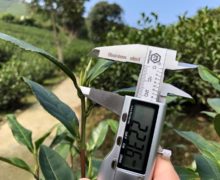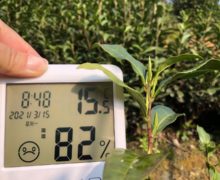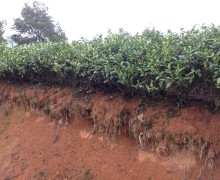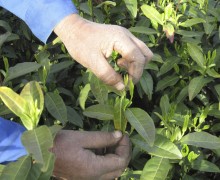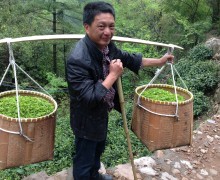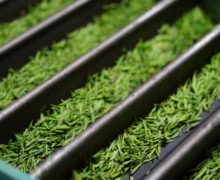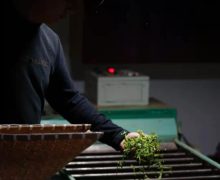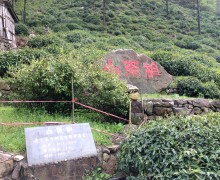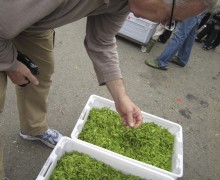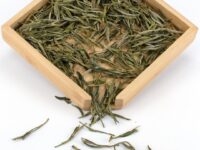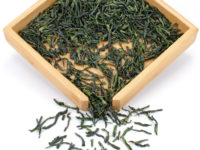Ming Qian Anji Baicha (Early Harvest Anji)
Green Tea 2022
A high-end green tea with very pale green leaves, rich in nutrients with unusually high levels of amino acids. The one bud and one leaf pluckings from the early spring harvest have a mild smooth flavor and complex floral aroma.
The spring air lightness of the 2022 harvest of Ming Qian Anji Baicha brews up as a pale green-gold liquor with a light body and a delectable amino acid richness. Its delicate but dense pastry quality is balanced by subtle flavors of silken tofu and baby vegetables, followed by a concentrated lingering sweetness.
- 2025 $29.75
- Tea Origin
- Anji County, Huzhou City, Zhejiang Province, China
- Tea Bush
- Baiye #1 (White Leaf #1)
- Tea Maker
- Yu Shunhu
- Harvest Time
- Early April
- Plucking Standard
- One bud, one leaf
Anji Baicha’s pale white-jade leaves are unique in their high amino acid content, which contributes to the sweetness and calming effect of their infusion. Some studies have estimated that teas made with Baicha leaves contain approximately three to five times the amount of amino acid found in any other green tea. The liquor is a clean, pale green with a high floral fragrance.
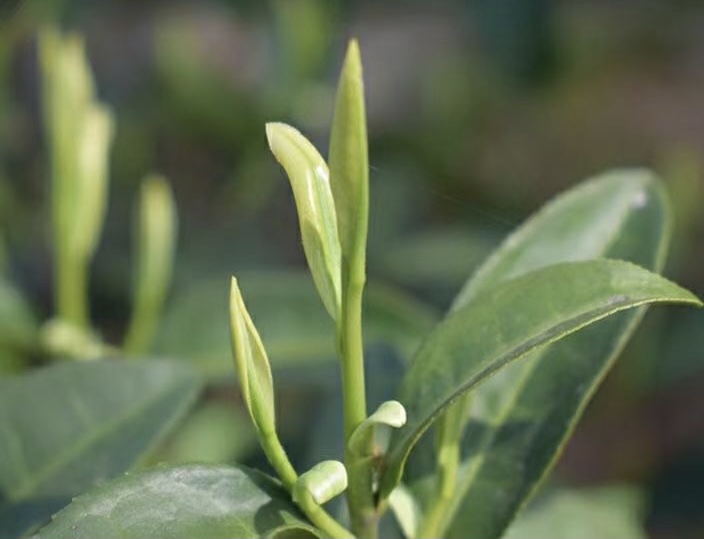
The leaves of this albino cultivar, Baiye #1, are lightest in color and richest in amino acids in the early spring, before temperatures climb above 25°C (77°F). Once the temperature warms beyond this point, the leaves of Anji Baicha bushes are noticeably greener and have changed in flavor. Ming Qian Anji Baicha is from the earliest harvest period of the year, with a young plucking standard of one bud and one leaf. It represents the most pure and distinctive expression of this Anji green tea cultivar’s character.
Ming Qian: The first tea of the year
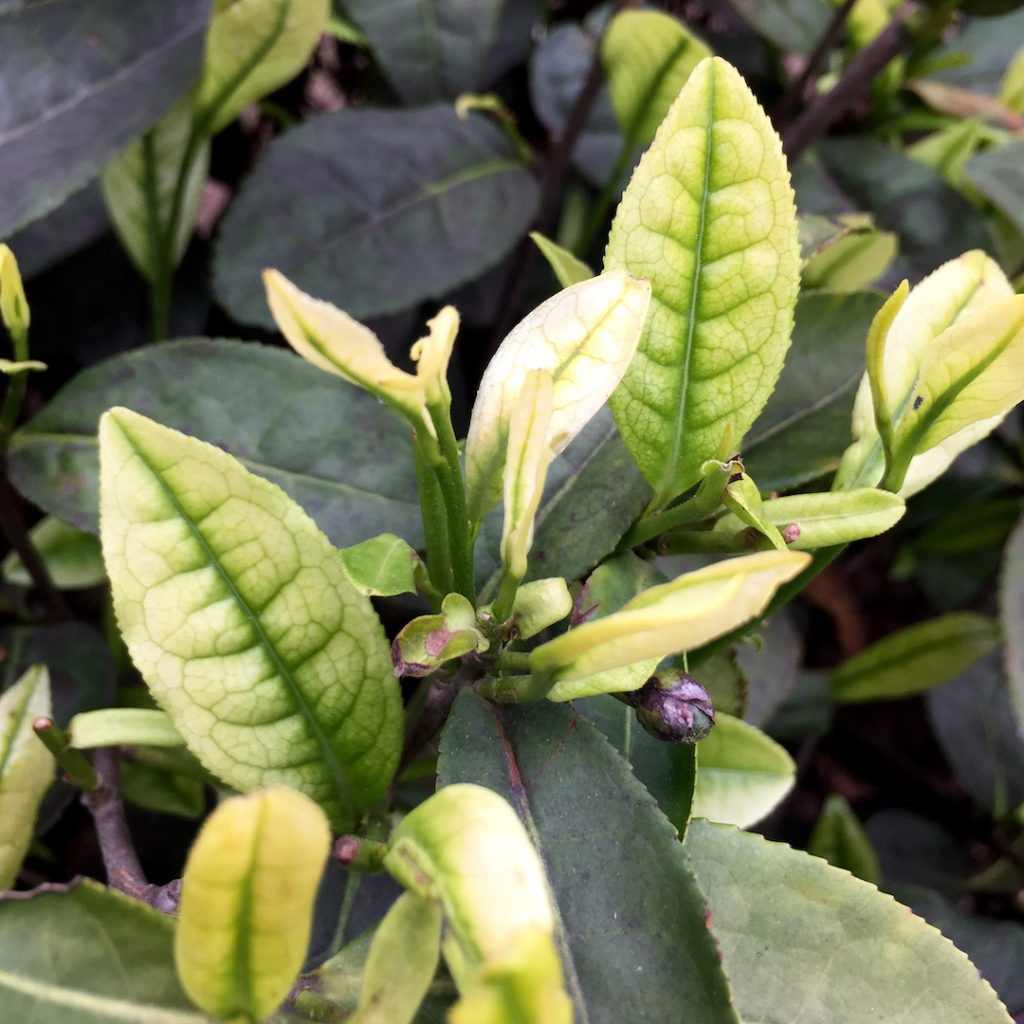
The term “Ming Qian” refers to the first tea harvest of the spring, picked before the Qing Ming Festival at the beginning of April. The Qing Ming Festival is a traditional time for paying respect to one’s ancestors. In the China’s Imperial history, if the tea did not reach the capital by the day of the Qing Ming Festival, this would upset the Feng Shui for the rest of the year. Qing Ming is sometimes also referred to as Tomb Sweeping Day. Typically, an offering of tea is made to the gravesite of an ancestor as well.
Yu Qian Anji Baicha (Spring Rain Harvest Anji) is picked from the tea bushes slightly later in the season than its predecessor Ming Qian Anji Baicha. The name refers to the second harvest before the Gu Yu festival that falls on April 20th, a time when spring rains typically fall.
The long history of Anji Baicha green tea
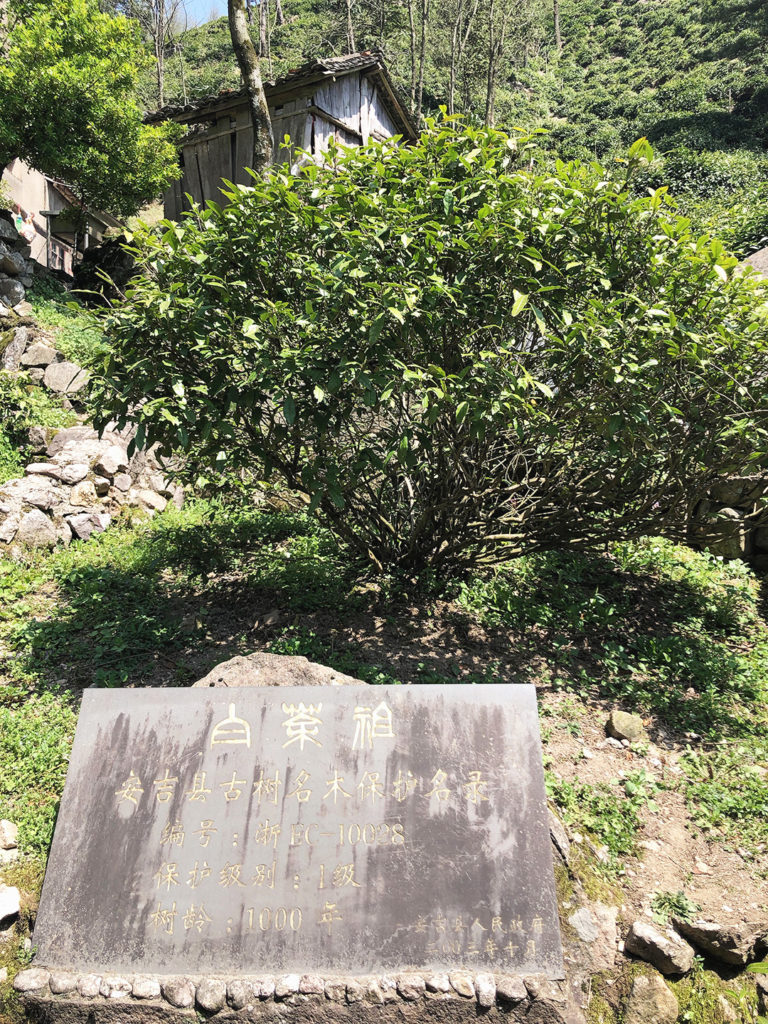
This tea’s history extends at least as far back as the Song Dynasty with the famous emperor Song Huizhong (1082-1135). Renowned both as an artist and as an ardent tea lover, he wrote a book about tea and devoted an entire chapter to the pale tea leaves of “Baicha.” In addition, Lu Yu (733–804), the famous tea sage and writer of the world’s first book on tea during the Tang Dynasty, described the Anji area, where this tea originates, as a treasure of tea. However, he did not mention a specific tea or source. It took 900 years for tea scholars and tea masters to put the two together to realize they were talking about the same tea and discover the still-living Baicha bushes in Anji County of Zhejiang Province.
It has taken decades of effort (starting from the early 1980’s) to propagate enough tea plants from these bushes to have a commercial crop. Since then, Anji Baicha (or Anji Bai Cha) has become the most sought after green tea today due to its limited production and extensive history in the tea world. All Baicha bushes today are descended from two mother bushes, only one of which is still living. The remaining mother bush has now become something of a destination for devoted Chinese tea drinkers.
No chemical fertilizer, pesticide, or herbicide was used in the production of this tea. Click here to read more about our promise to fair trade and the environment.

